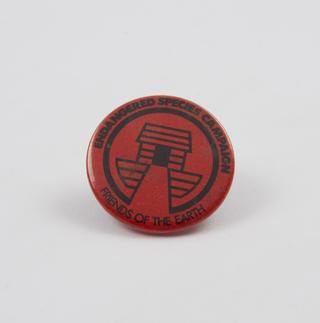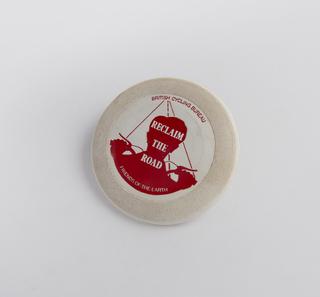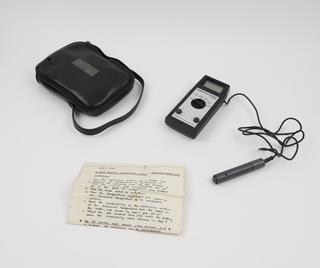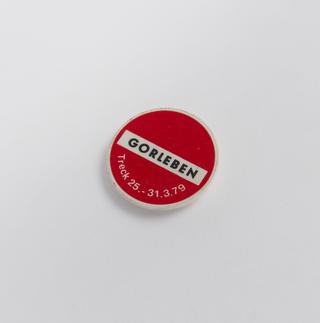
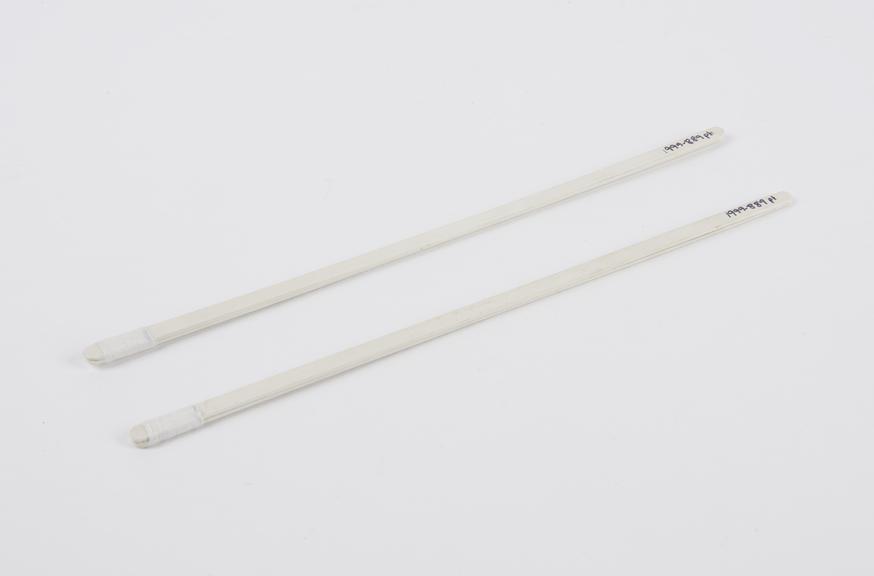
Two 'V' finger rods for dowsing, made from plastic channel curtain rail, Solihull, 1994. Each of these two rods is a complete instrument, designed to be held open, in tension, at the non-bound end.
Dowsing is a traditional technique that has been used for centuries as a way of finding water, oil or mineral deposits underground. Lightweight rods held by the dowser amplify small hand movements: a forked Y- or V-shaped twig or rod held in tension would tip up or down; or two lengths of wire bent into L shapes would cross or splay. The technique is generally deemed a pseudoscience, with controlled studies finding dowsing no more effective than chance at locating water bottles or pipes; some argue the movement of dowsing rods is caused by the dowser’s subconscious reaction to environmental cues. Nonetheless, the practice continues in some domains: several UK water companies were still using dowsing to locate leaks in the 2020s.
Details
- Category:
- Environmental Science & Technology
- Object Number:
- 1999-889
- Materials:
- plastic
- Measurements:
-
: 9.0551 in.; 230 mm
- type:
- dowsing rod
- credit:
- Moss, S

